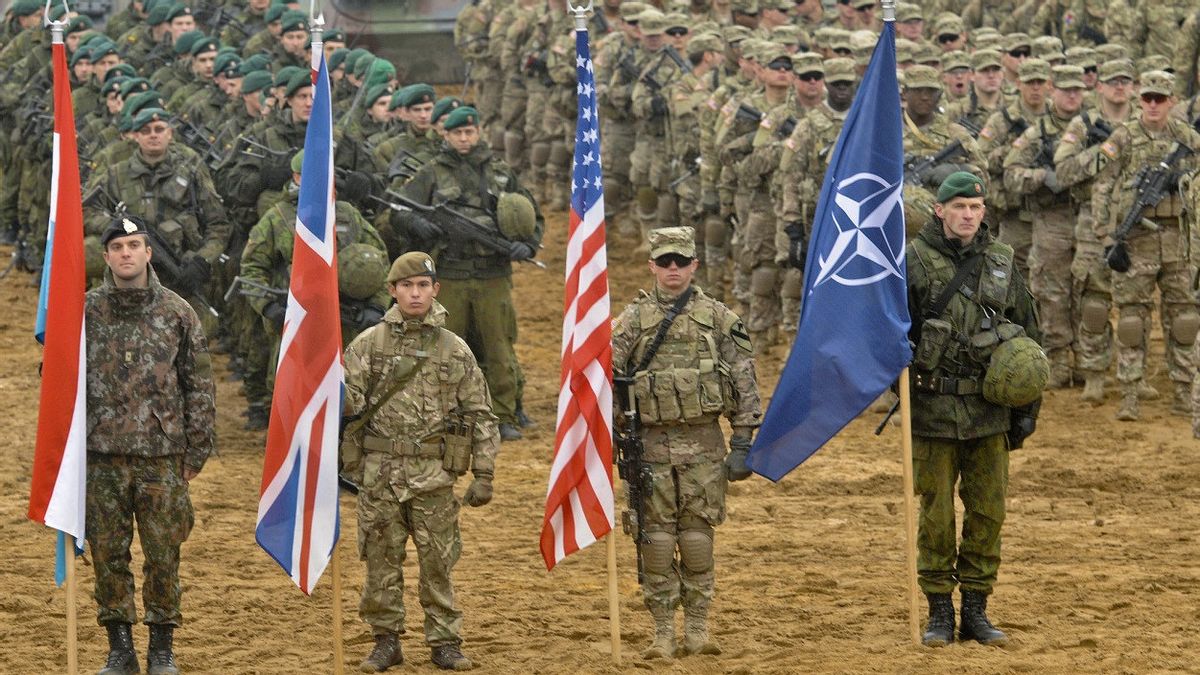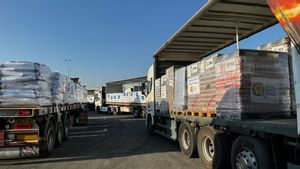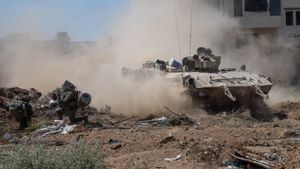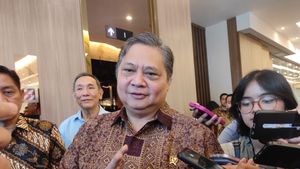JAKARTA - Experts believe that the North Atlantic Treaty Organization (NATO) move to increase its military potential will only increase tensions within the alliance and disrupt Europe's security structure.
"Enhancing military potential is part of NATO's efforts in eastward expansion and this is done largely to inspire and mislead some Eastern European countries. This requires financial and measures to set up an organizational structure which is not possible immediately," said Shanghai Society's Executive Director. for Russia and Central Asia Li Lifan told TASS, as quoted July 4.
"On the contrary, this can increase internal tensions and disrupt the European security structure which is not correlated with the interests of global peace," Lifan continued.
These comments come after the security alliance held a summit in Madrid, Spain last week. The US-led military bloc approved a new strategic concept that is the alliance's roadmap for the next 10 years.
The concept calls Russia "NATO's most significant and direct threat". And, for the first time mentioning China, which is not seen as a direct military adversary, but is described as a systemic challenge.
Citing Reuters, Stoltenberg said NATO in the future will have more than 300,000 troops on high alert, compared to the 40,000 troops currently making up the alliance's existing rapid reaction force, the NATO Response Force (NRF).
Stoltenberg said NATO combat units in the eastern flank of the alliance closest to Russia, especially the Baltic states, would be upgraded to brigade level, with thousands of troops previously assigned to standby in countries further west, such as Germany as the center. fast reinforcements.
"Together, this represents the biggest overhaul of our collective deterrence and defense since the Cold War," he said.
Separately, the NATO official, who spoke on condition of anonymity, said the move would allow NATO to respond with more troops at short notice if needed.
The official added that the exact scale and composition of the troops were still being worked out and the transition was planned to be completed by 2023.
The English, Chinese, Japanese, Arabic, and French versions are automatically generated by the AI. So there may still be inaccuracies in translating, please always see Indonesian as our main language. (system supported by DigitalSiber.id)













